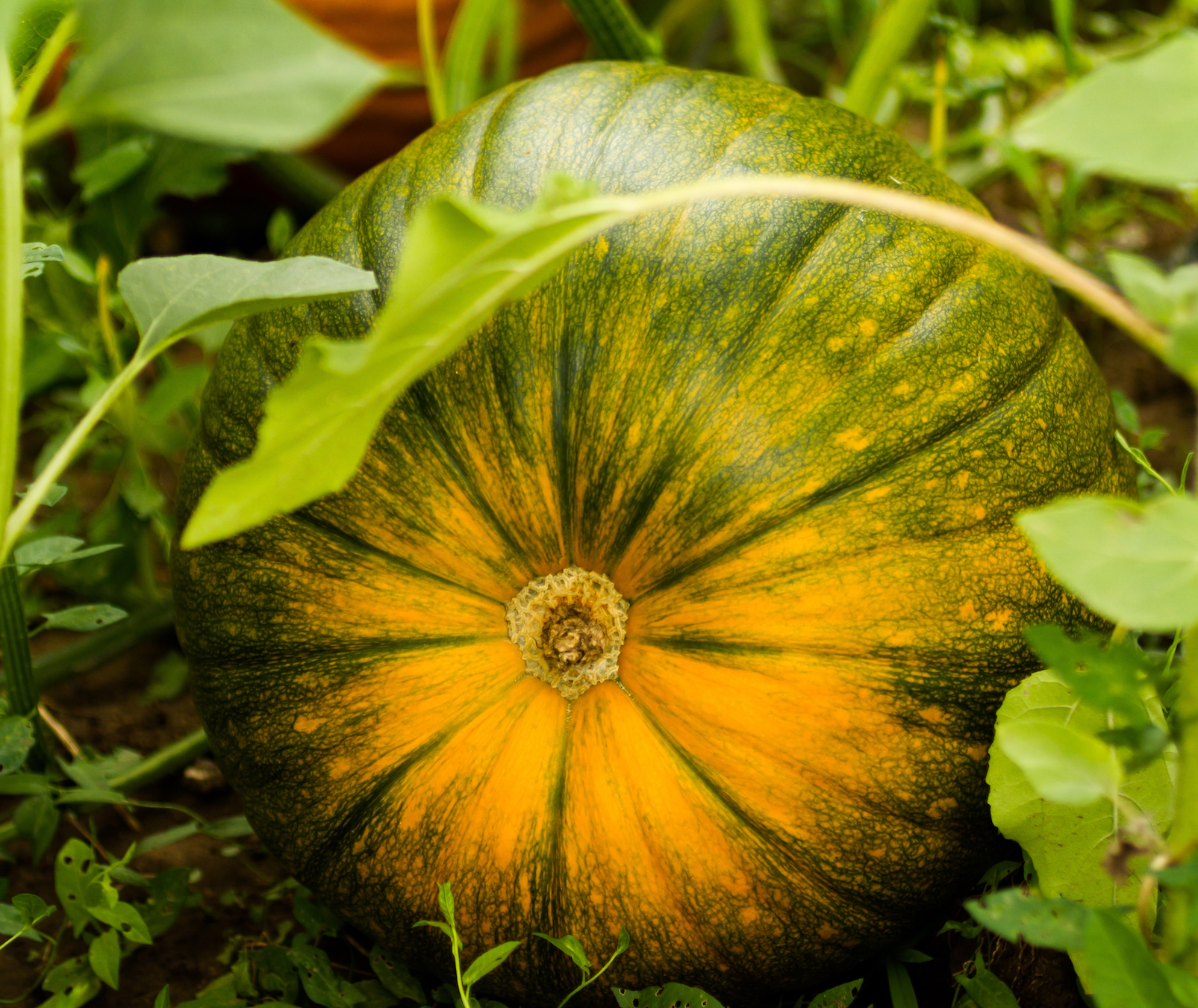
Sign up for our daily newsletter to get gardening tips and advice.
Planting, Growing, and Harvesting Pumpkins
- See how to clean a pumpkin for cooking.
- Don’t forget about the seeds! Roast them with salt or cinnamon for a tasty treat.
ADVERTISEMENT
It seems to me that in the autumn this issue becomes especially relevant. Pumpkin season is just beginning, and Halloween is approaching, everyone will be carving scary decorations out of pumpkins for their home, and you can always plant seeds. I already had this experience at one time, but it didn’t work out the first time.
I really enjoyed reading this article about pumpkins! It was informative and engaging. I especially liked the list of different ways to use pumpkins. I'm always looking for new and creative ways to use this versatile vegetable.
{Pumpkins} are a fall favorite for a reason. They're versatile, delicious, and nutritious. They can be used in sweet or savory dishes, and they're a great source of vitamins, minerals, and fiber.
At the beginning of this article you say that ideally 1 pumpkin plant would have 1,000 square feet of space to grow. Is that correct? That seems excessive.
Hi, Erin,
Thank you for bringing this to our attention! The 1,000 square feet of growing space would be for the giant pumpkin varieties. We have revised the copy to also include spacing for regular-size and miniature types. Thanks again!
I have a pumpkin that’s a year old! Kept it inside the house during the winter months and then put it outside this summer!!
It’s still in great shape, solid and heavy!! How can this be???
Color has changed somewhat going to a dark green!
Thanks for the great info about pumpkin growing! I have an issue with two pumpkin varieties I’m growing in different raised beds, I’m wondering if you might have any advice. I’ve been waiting for the female flowers to come up. I finally saw them budding up on my vines but after a few days, they turn yellow and pop off the vine. Am I not fertilizing enough maybe? Thanks again!
Hi, Wylie, Lots of things can cause lack of pollination. Some of the most common causes are lack of pollinators; weather, specifically extreme heat or cold temps. Varieties differ in their reaction to temp changes. Nitrogen levels in the soil can also affect fruit set. Excess nitrogen results in vigorous vine growth and delays flowering. You might do a soil test to assess its composition. We hope this helps!
The Rouge Vif D’Etampes pumpkin is a gorgeous shape and color, is delicious and a keeper! And has been around a long time.
Second year into gardening.
Last year I used a Max seed which produced a strong vine and flowered but no fruit.
This year thanks to some great tips from this site and learning about the Jarrahale pumpkin I planed and am still harvesting the pumpkins. The Jarrahale seems to be a great pumpkin to eat and it is decorative.
Question: my first last frost should be Jan 12 or 21 cannot remember. Could I plant the seeds for next year in January? Would is matter about frowning a larger pumpkin?
Glad too hear things are going so well for you, Shawna. Here’s where you can get your first/last frost dates: https://www.almanac.com/gardening/frostdates
If indeed your LAST frost date—the one that ends the winter—is Jan 12 or 21, then you have a long growing season. If when the time comes you think that indeed there would not be any frosts after that date it would seem like you could plant. BUT, you have to remember that the dates are not absolutes; they are estimates based on historical weather patterns…and we all know that those can shift. To be on the safe side, since it appears that you do have a long season, you could start seeds indoors or simply wait a while, based to a certain extent on the growth period to maturity that the pumpkin needs (which appears to be about 100 days). Would an early start produce a larger squash? Hard to tell. One source suggests that the seeds produce pumpkins of 6 to 10 pounds. But it could depend on numerous factors, from weather to soil to water and more. And, no small matter, rotating your crops. Try to avoid growing your pumps in the same spot you grew them in this year. Hope this helps!











